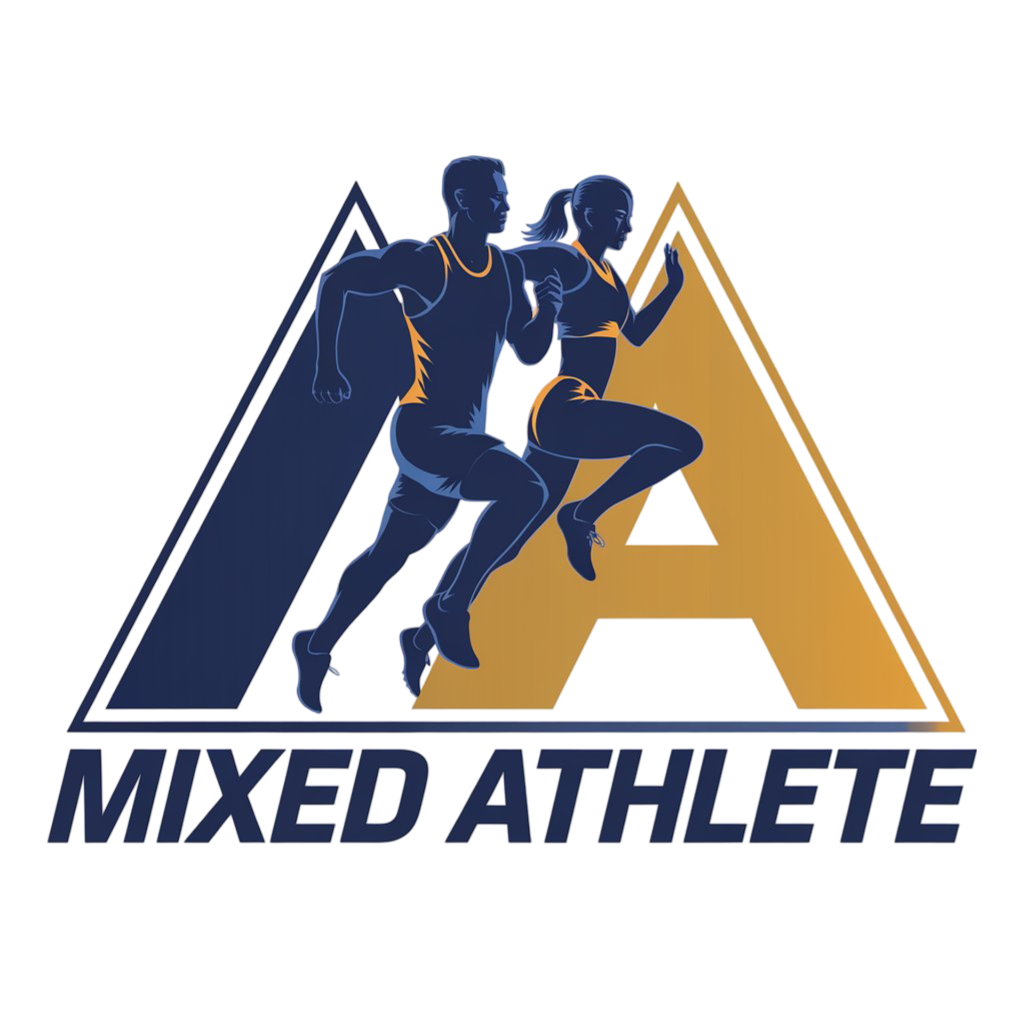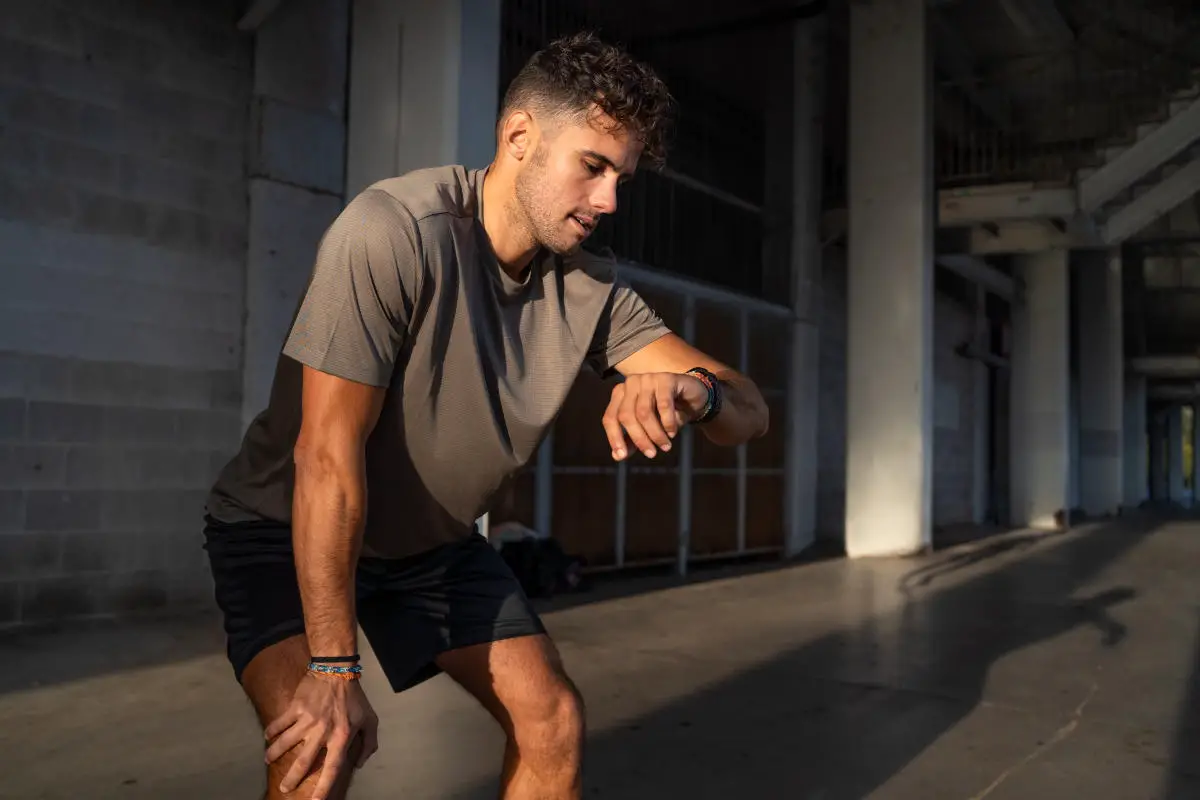The U.S. Department of Health and Human Services recommends getting 150 minutes of moderate-intensity aerobic activity or 75 minutes of vigorous-intensity aerobic activity each week, plus two days of strength training. How you break that up depends on your personal preferences: While some people love a long run or a sweaty hourlong boot camp class, others prefer their sweat sessions to be short and sweet — and the data says that these micro-workouts are all the rage right now. According to fitness app Strava’s annual Year in Sport report, more than 20% of all activity tracked by users was under 20 minutes long.
It’s not surprising that shorter workouts are popular. The rise in at-home workouts — sparked by the COVID-19 pandemic — meant more people were sneaking in a fitness break between work meetings and tasks. Online exercise classes reflect this: pandemic-favorite Peloton, Cacti Wellness and the Sculpt Society, for example, all offer short workout videos as options.
Fitness experts — and science — say there are plenty of reasons to love short workouts. Here’s why.
Short workouts break up your sedentary time
There’s substantial research that says the more movement you do in your day, the better. This is especially true when that movement replaces the time you would have otherwise spent sitting down.
Trusted news and daily delights, right in your inbox
See for yourself — The Yodel is the go-to source for daily news, entertainment and feel-good stories.
Too much sedentary time is linked with a slew of health risks, including heart disease and diabetes. Experts say breaking up this time with movement (not just standing, which comes with its own health issues, including blood pressure problems) is crucial to one’s well-being.
Short workouts are one way to combat this sedentary time, as they’re easier to squeeze into your day. Consider “exercise snacks,” for example. These short bouts of exercise help break up the time when you’re not moving, can easily be incorporated into your regular routine. That may look like getting your heart pumping by climbing a few extra flights of stairs to your office, taking a 10-minute walk around the block after lunch or even doing some push-ups or squats while watching TV.
Short workouts can keep you consistent
Consistency is key when it comes to receiving the health benefits of working out. Regular exercise is linked to positive health outcomes including stronger bones, better cardiovascular health, improved mental health and increased brain function, immunity and sleep.
Keeping up with exercise involves finding a routine that works for you and your schedule. If you force yourself into a routine that doesn’t align with your priorities — like booking a lengthy barre class that takes up your entire lunch break — you may find yourself bailing more often than not, says personal trainer and fit pregnancy coach Kim Perry. She notes that for many people (including busy parents), it “feels daunting to set up an hour’s worth of time to work out.”
Pilates instructor Lesley Logan tells Yahoo Life that many people find shorter sessions more “approachable” overall, which allows them to “integrate fitness into their busy lives more seamlessly.” In today’s fast-paced world, she explains, “shorter workouts can fit into tight schedules, reducing the stress often associated with finding time to exercise.” And any exercise is better than none at all.
Short workouts may mean more intense exercise
Studies have shown that vigorous exercise may be especially beneficial for our health, particularly for people who sit for long periods of time. The good news for short-workout fans? The shorter the workout, the more energy you have to really go all in — and research says that the health benefits of going harder in less time is just as good as doing a lower-intensity workout for longer.
“HIIT, or high-intensity interval training, is one of the most effective workouts to do in short bursts, while also seeing strong results,” fitness instructor and Passion Fit founder Reena Vokoun tells Yahoo Life. That’s because HIIT (like doing mountain climbers or burpees for 30 seconds, followed by a short rest) causes your heart rate to go up quickly and come down for recovery, before it goes “right back up and comes right back down again.” It’s also a workout that “will help with your strength, energy, endurance and stamina,” Vokoun adds.
While a five-minute walk on a treadmill is beneficial because any movement is better than none, it’s less effective for quickly improving fitness or burning calories, notes Vokoun.
Are there any drawbacks to short workouts?
You can reach your fitness goals by sticking to shorter workouts — but you do need to do some planning. If you’re not making time for a full-body strength training session, for example, think about what you can achieve in a short time. Maybe that means doing squats one day, arms the next and so on, so that every muscle group gets attention.
Then there’s the risk of injury from more intense, short workouts. For one thing, people who focus on exercising quickly may rush through their workouts and risk injury by not taking the time to properly warm up or stretch afterward.
Doing lots of short, intense workouts can also be hard on your body. When it comes to HIIT, experts say to aim for just two or three sessions per week and to recover for at least 48 hours between these workouts in order to avoid overuse and injury.
Lastly, it’s important to keep in mind that your short workouts do need to add up throughout the week; a couple of mini workouts won’t make much dent in your weekly exercise goals. Make sure that each week you’re still getting 150 minutes of moderate exercise or 75 minutes of vigorous exercise.





